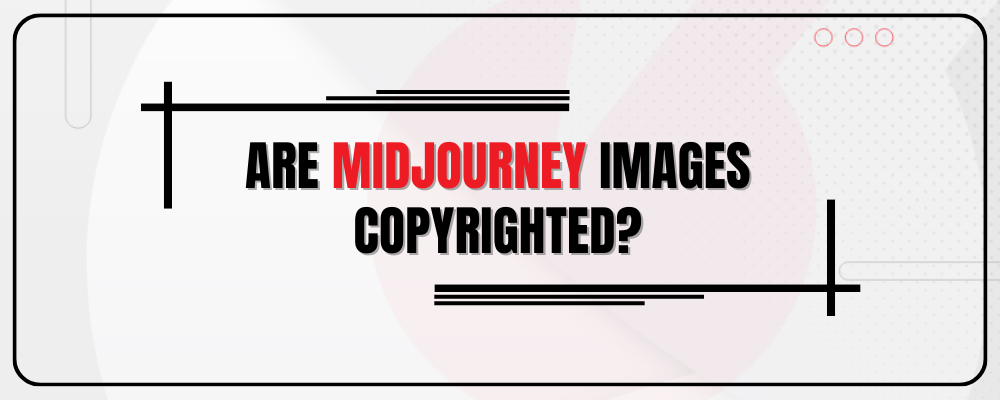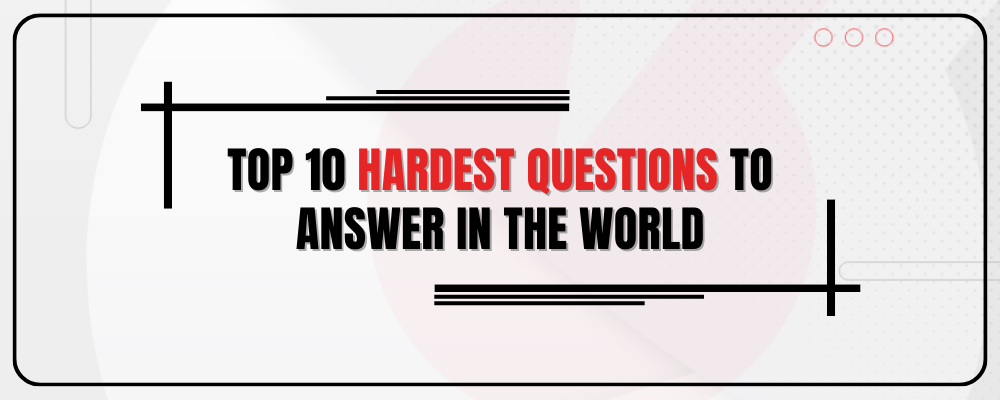The theory is about how our attention and perception change when we focus on a particular thing.
The name “Red Car Theory” comes from a common experience: once you start thinking about red cars or decide to buy a red car, you suddenly notice red cars everywhere. It feels as though the number of red cars has increased, but in reality, they were always there; your mind just started paying more attention to them.
To understand this theory in detail, let’s break it down into several aspects:
1. Attention and Perception
Human brains have a limited capacity to process information. We are constantly bombarded with sensory inputs, and to manage this, our brains filter out what we consider unnecessary. When we focus on something specific, like red cars, our brain’s filtering mechanism adjusts to make that particular thing more noticeable. This phenomenon is known as selective attention.
- Selective Attention: This is the process by which our brain selects certain information to focus on while ignoring the rest. When you decide to focus on red cars, your brain starts to prioritize information about red cars over other information. This means you will notice red cars more frequently than before.
2. Reticular Activating System (RAS)
The Reticular Activating System is a network of neurons located in the brainstem that plays a crucial role in regulating wakefulness and sleep-wake transitions. One of its functions is to act as a filter for sensory information, determining what gets noticed and what doesn’t.
- RAS and Focus: When you consciously decide to focus on something, like red cars, your RAS adjusts to make sure you notice that thing more often. It essentially tells your brain, “This is important; pay attention to this.”
3. Confirmation Bias
Confirmation bias is the tendency to search for, interpret, favor, and recall information in a way that confirms one’s preexisting beliefs or hypotheses. In the context of the Red Car Theory, once you have the idea of red cars in your mind, you are more likely to notice and remember instances that confirm the presence of red cars.
- Cognitive Bias: This bias reinforces your belief because every time you see a red car, it confirms that there are indeed many red cars around, even if the actual number hasn’t changed.
4. Applications and Implications
Understanding the Red Car Theory can have various practical applications and implications in different fields:
- Psychology and Mental Health: Recognizing how focus and perception work can help in understanding and managing conditions like anxiety and depression. For instance, if someone is constantly thinking about negative events, they are more likely to notice and remember negative occurrences, which can reinforce feelings of depression. Conversely, focusing on positive aspects can help improve mental well-being.
- Law of Attraction: In self-help and motivational contexts, the Red Car Theory is often linked to the Law of Attraction, which posits that focusing on positive or desired outcomes will attract those outcomes into your life. By focusing on positive goals (like success or happiness), individuals might become more attuned to opportunities that can help achieve those goals.
- Marketing and Advertising: Marketers use this principle to their advantage. By repeatedly exposing potential customers to a brand or product, they can ensure that it becomes a point of focus, making people more likely to notice and choose that brand or product in the future.
Everyday Examples
Let’s explore some everyday scenarios where the Red Car Theory comes into play:
- Learning a New Word: Have you ever learned a new word and then suddenly noticed it everywhere? That’s the Red Car Theory in action. Your brain has flagged that word as significant, so it stands out when you encounter it again.
- Pregnancy: Expectant mothers often report seeing pregnant women everywhere. This isn’t because there are suddenly more pregnant women, but because their focus has shifted due to their own condition.
- Buying a New Gadget: When you’re interested in buying a specific gadget, like a smartphone, you start to see advertisements for it everywhere and notice other people using it. Your heightened awareness makes these instances more noticeable.
Improving Focus and Productivity
Understanding how focus works can help improve productivity and personal development. Here are some tips based on the Red Car Theory:
- Set Clear Goals: By clearly defining what you want to focus on, you can train your brain to notice opportunities and information related to your goals.
- Positive Reinforcement: Focus on positive outcomes and reinforce them. For example, if you’re trying to develop a new habit, reward yourself for small successes to keep your attention on the positive aspects of the change.
- Mindfulness and Meditation: Practices like mindfulness and meditation can help you gain better control over your focus and attention, making it easier to direct your mind towards what’s important.
Red Car Theory In Journalism & Public Relations
In journalism, this theory explains why certain topics seem to dominate the news and how media coverage can influence public perception.
Editors and reporters make decisions about which stories to cover and how to present them, often based on factors like newsworthiness, audience interest, and editorial priorities. Just as focusing on red cars makes them more noticeable, when journalists concentrate on particular stories, those stories become more prominent in the public’s consciousness.
For instance, during an election season, political news might dominate headlines, creating a perception that political events are occurring more frequently than they are.
Furthermore, how a story is framed can significantly influence how the public perceives it. Such as the human interest angle in a disaster or the economic implications of a new policy, journalists shape the audience’s understanding and focus.
This selective framing directs public attention to specific elements, similar to how focusing on red cars makes them stand out more.
According to the agenda-setting theory, the media doesn’t tell people what to think, but what to think about.
When news outlets repeatedly cover particular topics, they signal to the public that these issues are significant, such as extensive coverage of climate change elevating it as a critical issue in public discourse.
Bias in media also intersects with the Red Car Theory.
News organizations may have implicit or explicit biases influencing which stories they cover and how they present them.
A media outlet with a specific political leaning might focus more on stories supporting their ideological stance, making certain issues seem more prevalent or important. This can reinforce the existing beliefs and preferences of news consumers, as they are more likely to notice and remember information aligning with their viewpoints.
Journalists and news organizations often craft narratives to help audiences make sense of complex events, directing attention to recurring themes like political corruption or technological advancements.
Persistent coverage of these themes maintains public interest and keeps related stories in the public consciousness, much like how noticing more red cars can make them seem more common.






